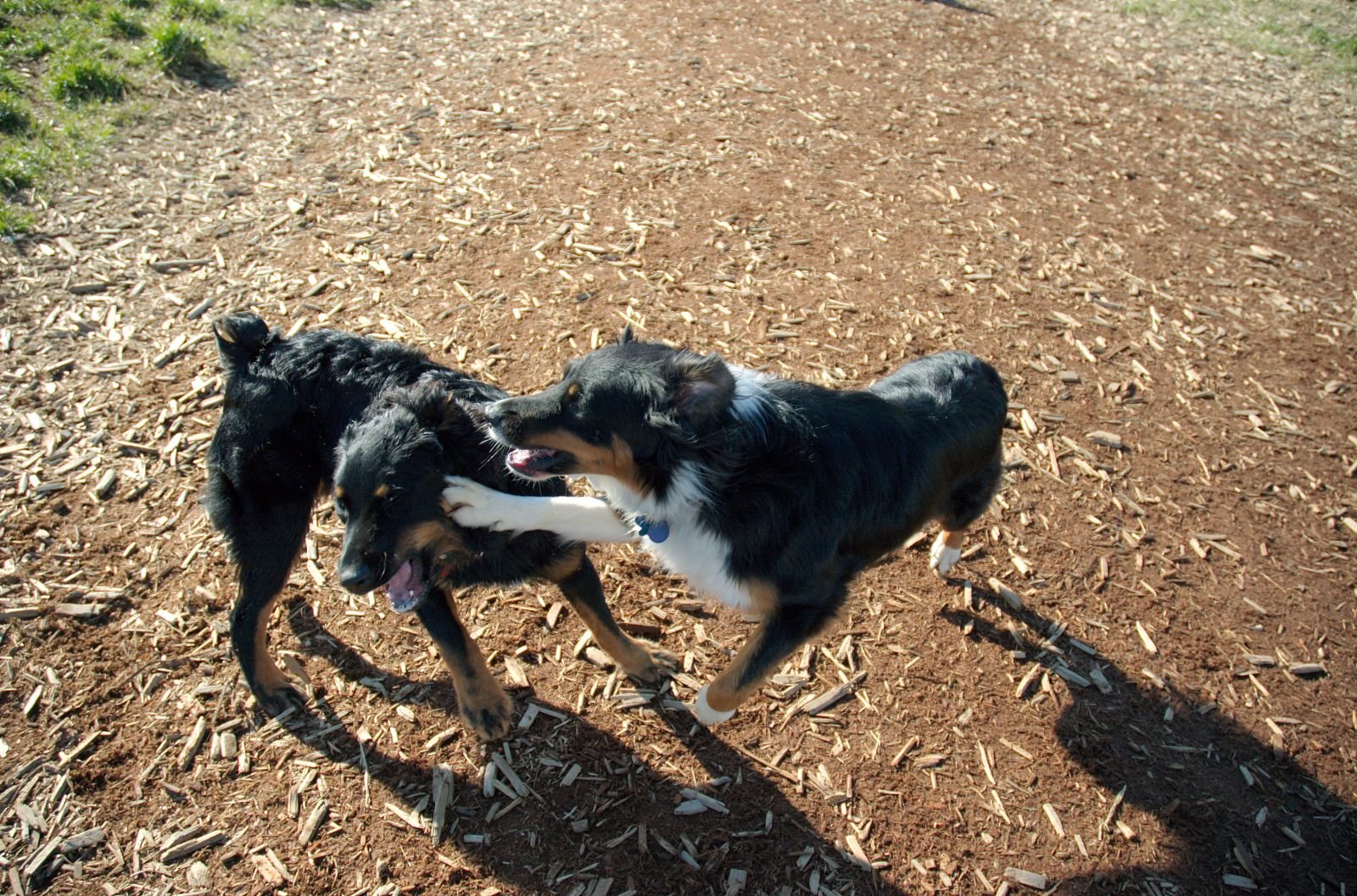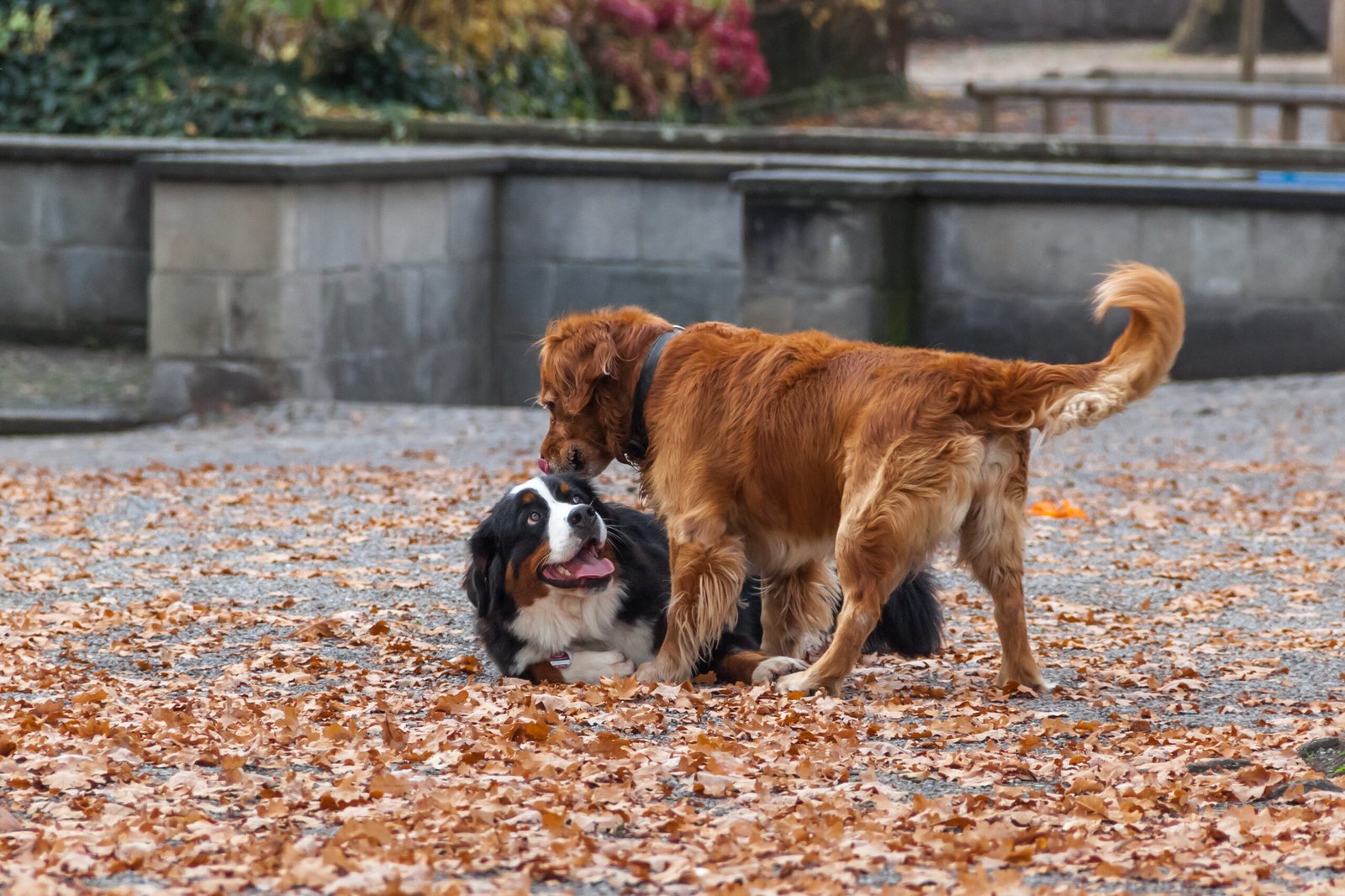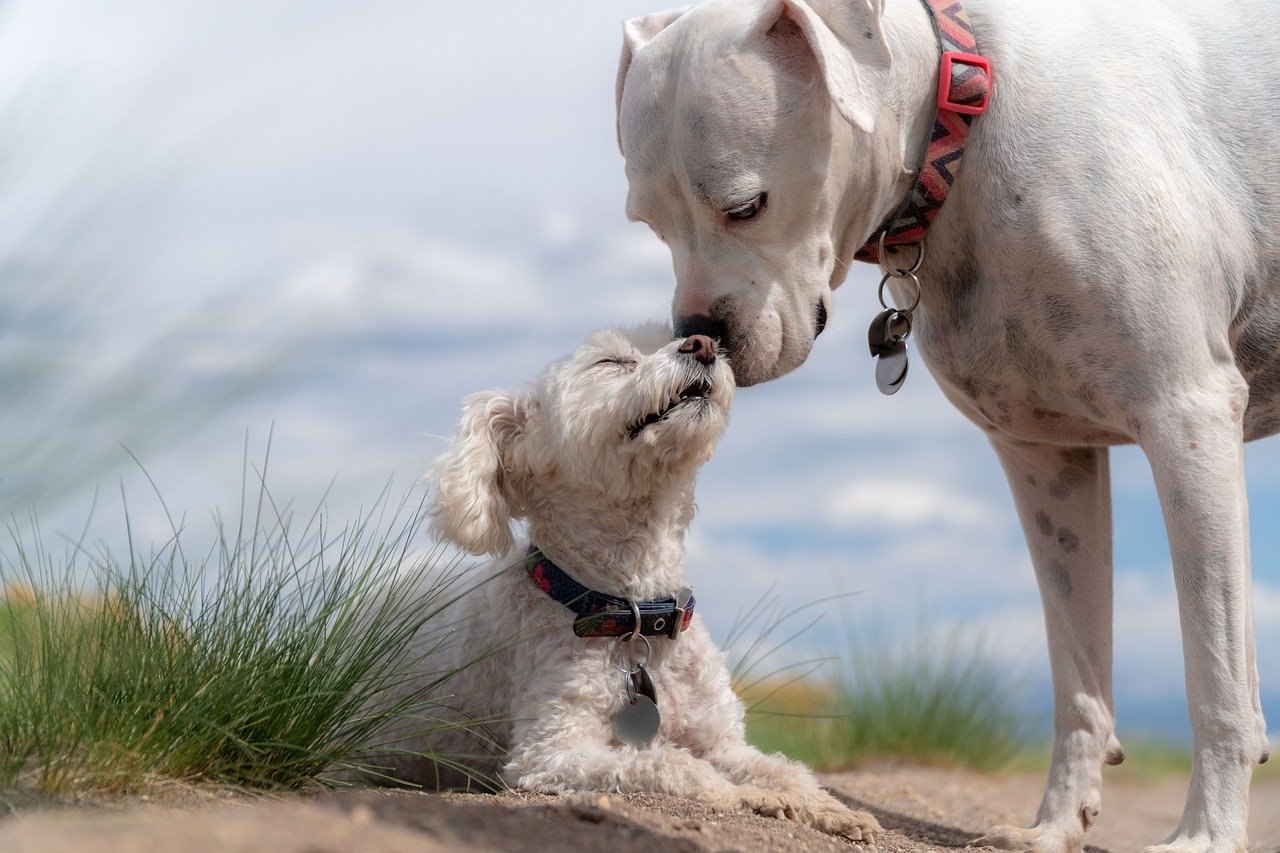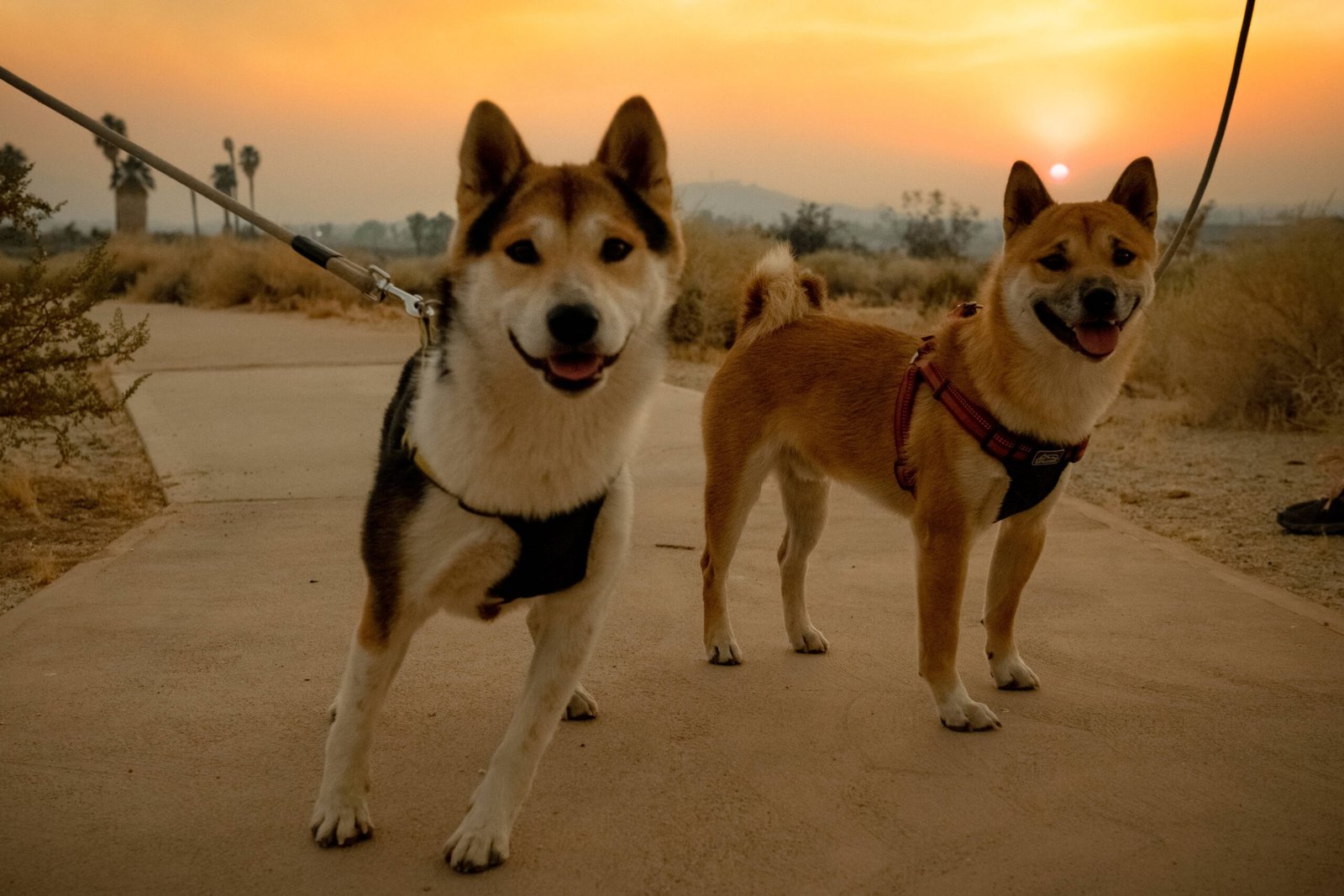Have you ever watched your bouncy puppy drive your older, sleepy dog up the wall? Or perhaps you’ve witnessed a whirlwind of zoomies crash into a serene nap session? It’s both hilarious and heartwarming, but it can also be a recipe for chaos. Balancing the needs of dogs with wildly different energy levels can feel like juggling fire and water. The truth is, dogs, just like humans, come with their own personalities, quirks, and paces. When these worlds collide in one home, it takes patience, understanding, and a few clever tricks to create harmony. Let’s dive into the art of helping high-spirited pups and laid-back loungers live together in peace—and maybe even become the best of friends.
Understanding Your Dogs’ Natural Energy Levels

Bringing together dogs with wildly different energy levels can feel a bit like mixing oil and water — one dog wants to play nonstop, while the other prefers peaceful naps. Without the right balance, mismatched energy can lead to frustration, tension, and even behavioral problems. But with a little planning, patience, and understanding, it’s absolutely possible to help high-energy and low-energy dogs live together in harmony.
Every dog is born with a unique energy blueprint. Some are natural-born sprinters, always ready for the next adventure, while others seem to have mastered the art of relaxation. Recognizing your dogs’ individual energy levels is the first step toward peaceful coexistence. Notice when your energetic dog seems restless or when your calmer dog seeks out quiet corners. Breed, age, and even past experiences can influence how much activity a dog craves. By observing their habits, you’ll be better equipped to anticipate their needs and prevent unnecessary conflicts. Remember, a dog’s energy isn’t something you can change, but you can certainly manage it wisely. Pay attention to subtle cues—wagging tails, pacing, or excessive napping can all reveal a lot about your dogs’ inner drives.
Creating Separate Spaces for Rest and Play
Giving each dog a designated space to unwind or unleash energy is key to household harmony. High-energy dogs may need an area where they can run, jump, or play without disturbing their more mellow sibling. On the other hand, your calm dog will appreciate a cozy retreat where they can nap undisturbed. Consider using baby gates, crates, or playpens to carve out these zones within your home. Soft beds, blankets, and favorite toys can make these spots extra inviting. By setting up separate spaces, you’re not only reducing stress but also teaching your dogs that it’s okay to take a break from one another. This helps prevent tension and gives each dog the chance to recharge in their own way.
Staggering Exercise and Play Sessions

Trying to exercise a hyper dog and a laid-back dog at the same time can quickly turn chaotic. Instead, try staggering their activity sessions to suit each dog’s needs. Take your energetic dog on a brisk walk or a game of fetch while your calmer dog enjoys a gentle stroll or some quiet sniffing time. You might even find that your older or more relaxed dog prefers interactive toys or puzzles over vigorous play. By tailoring activity to each dog, you ensure everyone’s physical and mental needs are met. This approach also cuts down on frustration and helps prevent one dog from overwhelming the other during playtime.
Training for Calm Behaviors Together
Training sessions are more than just teaching tricks—they’re an opportunity to foster calmness and self-control in both dogs. Practice commands like “sit,” “stay,” and “leave it” in short, positive sessions with both dogs present. Reward calm behavior with treats or praise, especially when your high-energy dog manages to stay settled around their mellow companion. Incorporate impulse control games, such as waiting at doorways or before meals, to strengthen their ability to coexist peacefully. Training together helps build mutual respect and gives your dogs a shared language, making interactions smoother and reducing the likelihood of rough or unwanted behaviors.
Supervising Interactions and Setting Boundaries

It’s natural for dogs with different energy levels to misunderstand each other. A high-energy dog might see a sleeping buddy as a playmate, while the calmer dog just wants peace. That’s why supervision is crucial, especially during the early stages of their relationship. Watch for signs of stress or annoyance—growling, stiff body language, or sudden departures are all cues that it’s time to intervene. Gently redirect the energetic dog with a toy or a game, and allow the calmer dog to retreat if needed. Setting firm but fair boundaries helps both dogs feel safe and respected, paving the way for a harmonious household.
Encouraging Positive Associations
Help your dogs associate each other’s presence with good things. Whenever your lively dog sits quietly near your relaxed dog, reward them with a treat or gentle praise. Do the same for your calm dog when they show patience or tolerance toward their excitable housemate. Shared activities—like walking side by side, enjoying treats together, or relaxing after play—can build positive memories and reduce tension. Over time, these positive associations can transform initial frustrations into companionship, making your dogs more accepting of each other’s quirks and needs.
Using Enrichment Activities to Channel Energy
Mental stimulation is just as important as physical exercise, especially for high-energy dogs. Provide puzzle toys, treat-dispensing games, or scent-based activities to engage their brains and tire them out in a healthy way. For your calmer dog, gentle enrichment like food puzzles or slow walks with plenty of sniffing opportunities can be just as rewarding. Enrichment activities not only prevent boredom but also reduce the likelihood of unwanted behaviors, such as chewing or excessive barking. Mixing up activities keeps both dogs happy and helps balance the energy in your home.
Recognizing Signs of Stress and Overstimulation
Even the best plans can go awry if one dog becomes overwhelmed. Learn to recognize early warning signs of stress, such as yawning, lip licking, avoidance, or excessive panting. If you notice these behaviors, it’s time to step in and give your dog a break. Overstimulation can quickly escalate into snapping or fighting, so early intervention is essential. Creating a calm environment, lowering noise levels, and providing downtime can make a huge difference in helping both dogs feel secure. Trust your instincts—if something doesn’t feel right, separate the dogs and give them time to decompress.
Building Routines and Predictability

Dogs thrive on routine, and predictable schedules can help balance differing energy levels. Set regular times for meals, walks, play, and rest so that both dogs know what to expect. Consistency reduces anxiety and helps energetic dogs learn when it’s time to wind down, while giving calmer dogs plenty of opportunities for relaxation. Simple routines, like always having quiet time after meals or designated play sessions, bring structure to your household and minimize surprises that could lead to conflict. Over time, your dogs will adapt and find their own rhythm together.
Every step forward, no matter how small, is worth celebrating. Maybe your high-energy dog managed to sit calmly for a few minutes, or your laid-back dog tolerated a playful nudge without grumbling. These moments are important milestones in your journey toward peaceful coexistence. Acknowledge progress with treats, extra cuddles, or your own quiet pride. By focusing on what’s working, you build confidence in both yourself and your dogs. Over time, these small victories add up to a home filled with more harmony, understanding, and love.

Linnea is a born and bred Swede but spends as much time as possible in Cape Town, South Africa. This is mainly due to Cape Town’s extraordinary scenery, wildlife, and atmosphere (in other words, because Cape Town is heaven on earth.) That being said, Sweden’s majestic forests forever hold a special place in her heart. Linnea spends as much time as she can close to the ocean collecting sea shells or in the park admiring puppies.






